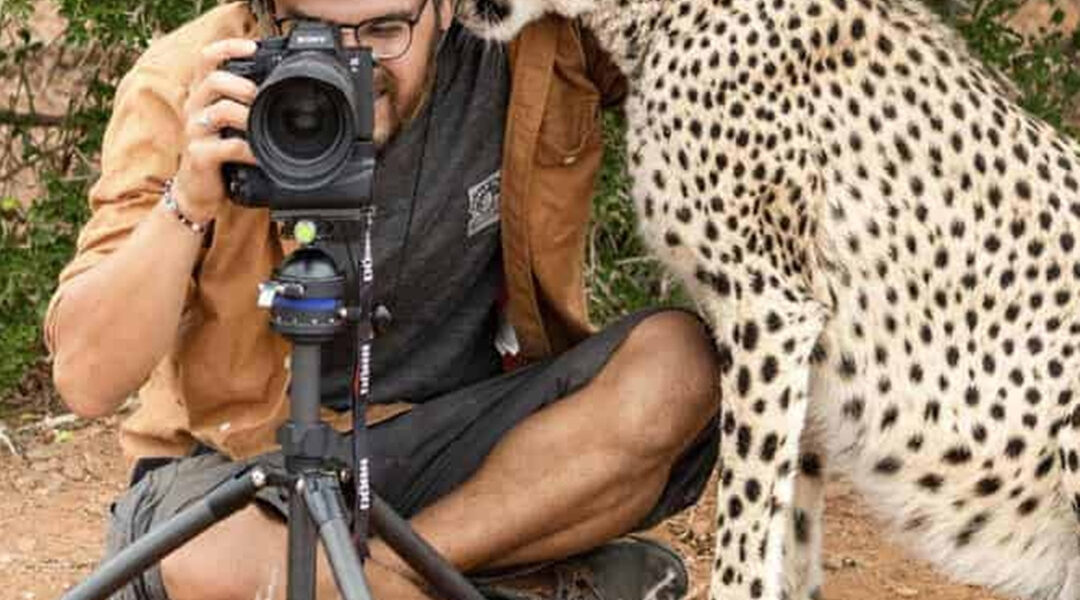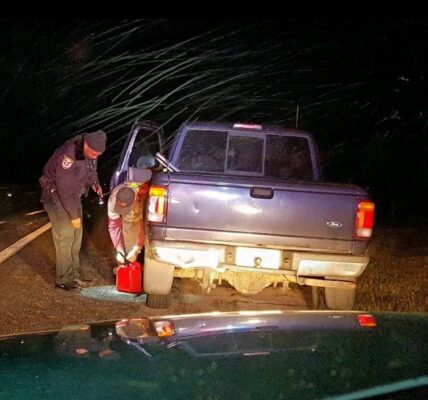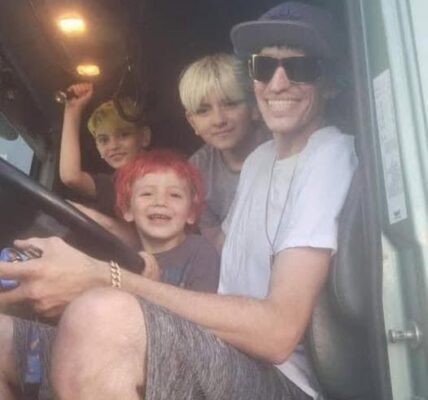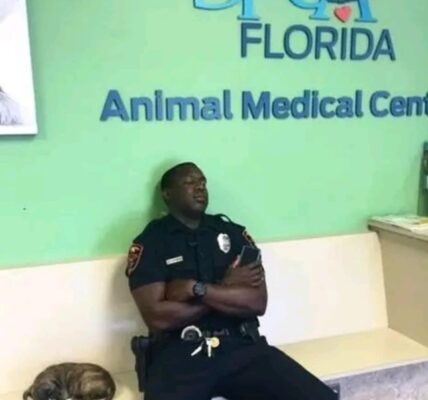Sometimes, the wild offers a gift so unexpected, it leaves even the most seasoned explorers speechless. For German wildlife photographer Sasan Amir, that moment came on a quiet day at a South African sanctuary — when a cheetah, the fastest predator on earth, slowed down long enough to show something entirely different: tenderness.

Amir, just 27 years old but already with years of experience photographing big cats, was focused on his work when he sensed movement nearby. Out of the tall grass, a cheetah approached silently, its golden eyes fixed on him. Most people might have fled. Amir, however, stilled his body, acknowledging the animal’s presence with calm and respect.
The cheetah stepped closer, close enough for him to feel the warmth of its breath. Then, with a gentleness that defied every stereotype of predator and prey, it rested its head against his chest. A soft purr rumbled through its body. Slowly, the animal pressed closer — nuzzling, rubbing, and wrapping him in what could only be described as a hug.

Another photographer, watching nearby, captured the scene in a series of breathtaking images. To those who later saw the photos, it looked almost impossible — man and cheetah, predator and human, locked in a moment of trust. But for Amir, it was very real.
“I paused my movements and stood up,” he later explained. “The cheetah sniffed me, then purred. It rubbed against me, not with aggression, but affection. It took me a moment to realize just how unique this was.”
‘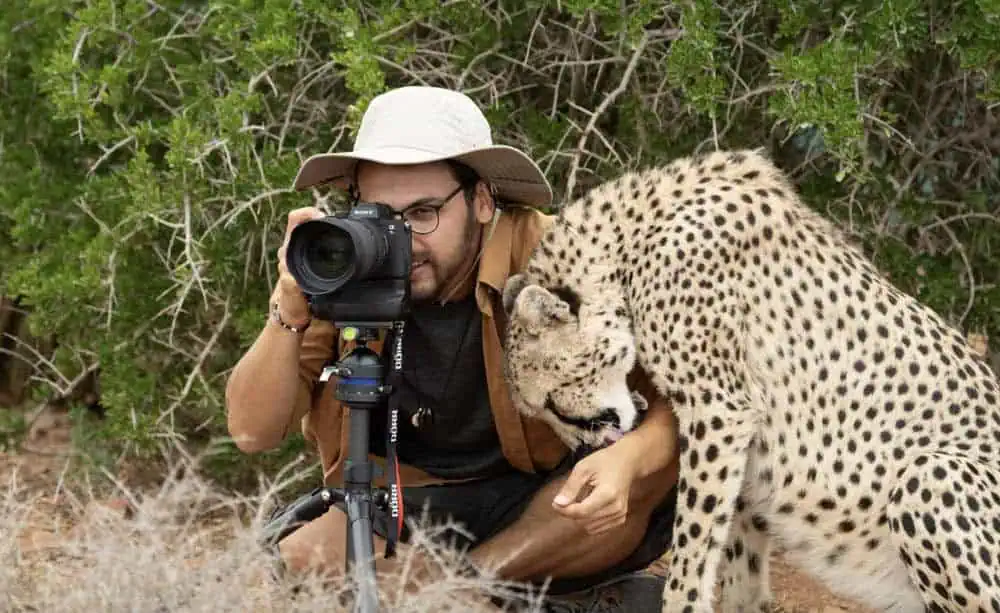
This was not Amir’s first close encounter with big cats. Over five years of returning to the sanctuary, he had patiently built up familiarity, earning the animals’ trust through respect and observation. He knew their signals — when to approach, when to stop, when to simply be present. In return, they seemed to sense his intentions.
He recalled another time, when a leopard lay hidden in the brush. Their eyes locked. Instead of fleeing, the leopard simply closed its eyes and settled down for a nap, utterly unthreatened by his presence.
Moments like these, Amir says, are the reward for patience. They remind us that wild animals, often seen only as dangerous or fierce, are capable of quiet grace and connection.
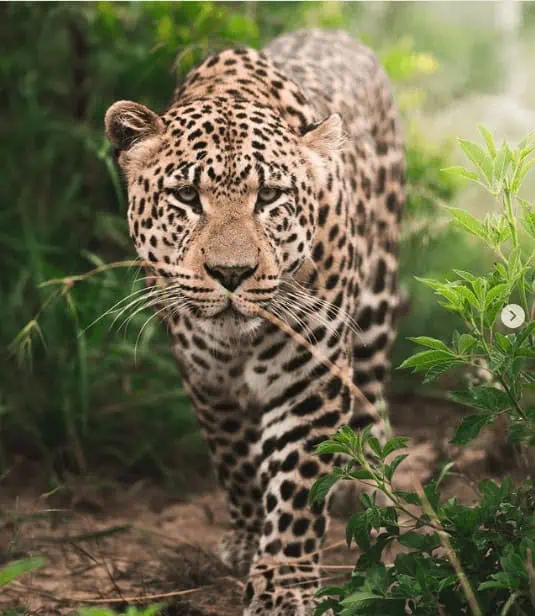
The photos of the cheetah’s embrace have since circled the globe, touching people far beyond the sanctuary’s borders. For many, they stand as proof that even in the untamed wild, trust can exist — and that kindness, respect, and humility are often met with something just as powerful in return.
That day, a cheetah paused its hunt, its speed, its survival — and offered a hug. And in that hug was a message the world needs to hear: sometimes, the fiercest creatures carry the gentlest hearts.
